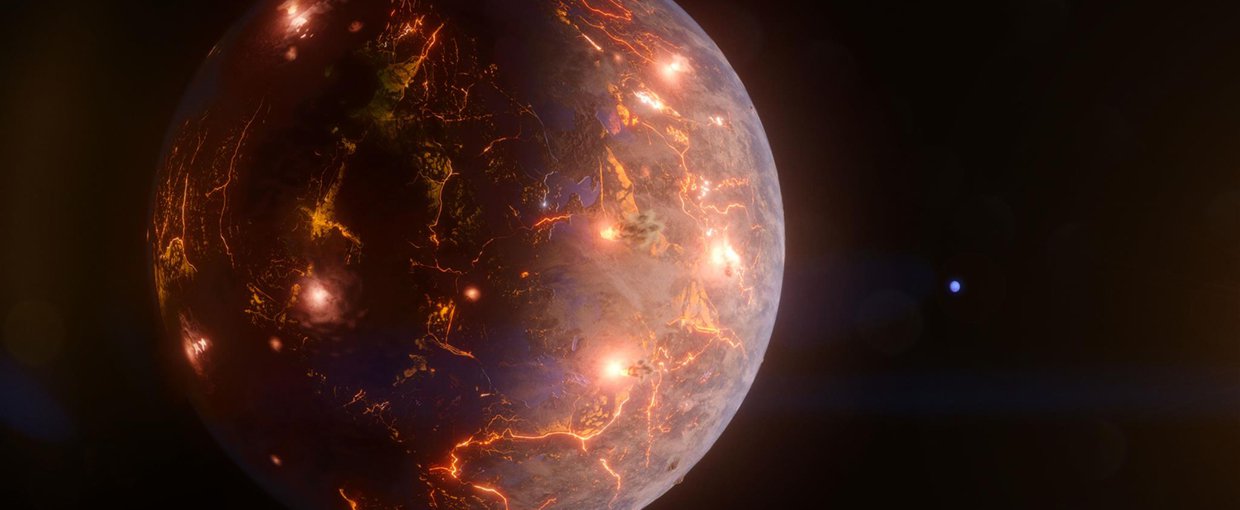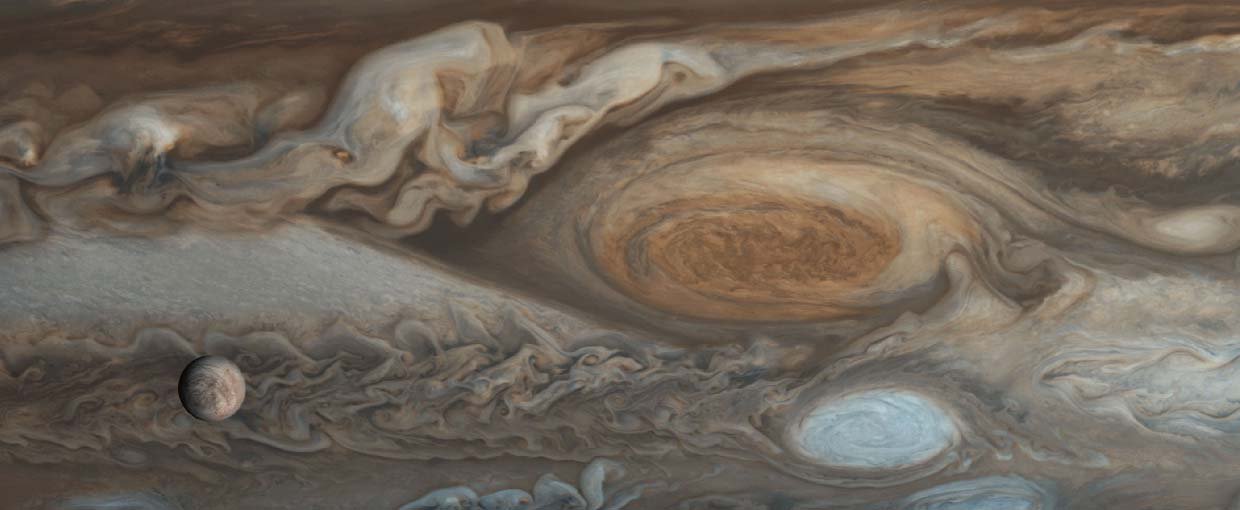Harada, N., Herbst, E., & Wakelam, V. (2010). The Astrophysical Journal, 721(2), 1570–1578. doi:10.1088/0004-637x/721/2/1570
He, J., Gao, K., Vidali, G., Bennett, C. J., & Kaiser, R. I. (2010). The Astrophysical Journal, 721(2), 1656–1662. doi:10.1088/0004-637x/721/2/1656
Huberty, J. M., Kita, N. T., Kozdon, R., Heck, P. R., Fournelle, J. H., Spicuzza, M. J., … Xu, H. (2010). Chemical Geology, 276(3-4), 269–283. doi:10.1016/j.chemgeo.2010.06.012
Jones, B., Matsyutenko, P., Su, N. C., Chang, A. H. H., & Kaiser, R. I. (2010). The Journal of Physical Chemistry A, 114(34), 8999–9006. doi:10.1021/jp104426f
Lawrence, D. J., Feldman, W. C., Goldsten, J. O., McCoy, T. J., Blewett, D. T., Boynton, W. V., … Evans, L. G. (2010). Icarus, 209(1), 195–209. doi:10.1016/j.icarus.2010.04.005
Modica, P., & Palumbo, M. E. (2010). A&A, 519(None), A22. doi:10.1051/0004-6361/201014101
Oberst, J., Preusker, F., Phillips, R. J., Watters, T. R., Head, J. W., Zuber, M. T., & Solomon, S. C. (2010). Icarus, 209(1), 230–238. doi:10.1016/j.icarus.2010.03.009
Pan, L., & Scannapieco, E. (2010). The Astrophysical Journal, 721(2), 1765–1782. doi:10.1088/0004-637x/721/2/1765
Raven, J. A., & Knoll, A. H. (2010). Geomicrobiology Journal, 27(6-7), 572–584. doi:10.1080/01490451003702990
Robinson, T. D., Meadows, V. S., & Crisp, D. (2010). The Astrophysical Journal, 721(1), L67–L71. doi:10.1088/2041-8205/721/1/l67



